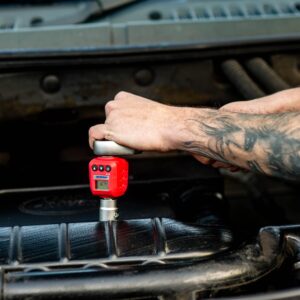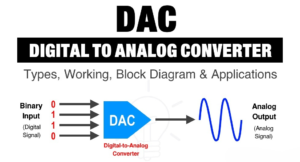As a Digital Creator, I recognize the indispensable role digital cameras play in our smartphone-dominated and social media-driven world. They have seamlessly woven themselves into the fabric of our lives, enabling us to immortalize cherished moments and craft professional-grade content. Delving into the mechanics of these devices unveils a world where light is captured and transformed into the vibrant images we treasure. Join me as we embark on a journey to unravel the inner workings of a digital camera, from the initial capture of light to the storage of the final masterpiece.
Image Capture: The Role of the Image Sensor
At the heart of every digital camera is the image sensor, which is responsible for capturing light and converting it into a digital image. Most digital cameras use a type of image sensor called a Charge-Coupled Device (CCD) or a Complementary Metal-Oxide-Semiconductor (CMOS) sensor.
When you press the shutter button, the camera opens its shutter, allowing light to enter through the lens. This incoming light passes through a series of lenses that focus it onto the image sensor. The image sensor then converts the light into an electrical signal.
In a CCD sensor, the electrical charges created by the light are stored in tiny capacitors. These charges are then transferred to a single output node, where they are converted into a digital signal. CMOS sensors, on the other hand, use individual amplifiers for each pixel, allowing for faster readout and lower power consumption.
Image Processing: From Raw Data to Final Image
Once the image sensor converts the light into an electrical signal, the camera’s image processing system comes into play. This system processes the raw image data to enhance the image quality and apply various adjustments, such as white balance, exposure, and color correction.
The analog electrical signal from the image sensor is converted into a digital format using an analog-to-digital converter (ADC). This digital data is then passed through a series of algorithms and filters within the camera’s image-processing engine.
The image processing engine applies various adjustments to the image data based on the camera’s settings and the desired outcome. These adjustments can include noise reduction, sharpening, contrast enhancement, and image stabilization.
Storage: Saving the Digital Image
Once the image has been processed, it needs to be stored for future use. Digital cameras typically have built-in memory cards or removable storage media, such as Secure Digital (SD) cards or CompactFlash (CF) cards, where the digital images are saved.
The processed image data is compressed using file formats like JPEG or RAW. JPEG is a widely used file format that applies lossy compression, reducing file size but potentially sacrificing some image quality. RAW, on the other hand, captures and stores all the data from the image sensor without any compression, allowing for more flexibility in post-processing.
The choice of file format depends on the photographer’s preferences and the intended use of the images. JPEG is commonly used for everyday photography and sharing on the web, while RAW is preferred by professionals who require maximum control over the editing process.
Display and Output: Viewing and Sharing the Images
After storing the images, they can be viewed on the camera’s LCD screen or transferred to a computer or other devices for further editing and sharing. The LCD screen provides photographers with a convenient way to review their images immediately after capture.
Digital cameras use various methods such as USB, Wi-Fi, or Bluetooth connectivity to transfer images to a computer or other devices. Once transferred, the images can be edited using software applications like Adobe Photoshop or Lightroom, printed, shared on social media platforms, or used for other purposes.
Frequently Asked Questions (FAQs) on Digital Cameras
Q: What defines a digital camera?
A: A digital camera is an electronic device designed to capture and store photographs in digital format. Unlike traditional film cameras, digital cameras utilize image sensors to digitally record images.
Q: How does a digital camera operate?
A: Digital cameras employ sensors, typically CCD (Charge-Coupled Device) or CMOS (Complementary Metal-Oxide Semiconductor), to capture light. These sensors convert light into electrical signals, which are then processed and stored as digital data to produce an image.
Q: What varieties of digital cameras are on the market?
A: Digital cameras come in various forms, including compact point-and-shoot models, mirrorless cameras, DSLRs (Digital Single-Lens Reflex), and action cameras. Each type caters to specific needs and photography preferences.
Q: How do I select the most suitable digital camera for my requirements?
A: When choosing a digital camera, it’s essential to consider factors such as your intended usage (casual or professional), desired features (such as zoom range, manual controls), portability, budget, and the type of photography you plan to pursue.
Q: What measures can I take to extend the lifespan of my digital camera?
A: To prolong the longevity of your digital camera, handle it with care, avoid exposing it to extreme temperatures or moisture, regularly clean both the lens and body, and utilize compatible accessories and batteries recommended by the manufacturer.
Conclusion
Understanding how a digital camera works can help you make the most of its features and capture stunning photographs. From the image sensor’s role in capturing light to the image processing system and storage of the final image, each component plays a vital part in the overall functioning of a digital camera. So, the next time you pick up your camera, remember the intricate process that takes place behind the scenes to capture those cherished moments.







Be First to Comment